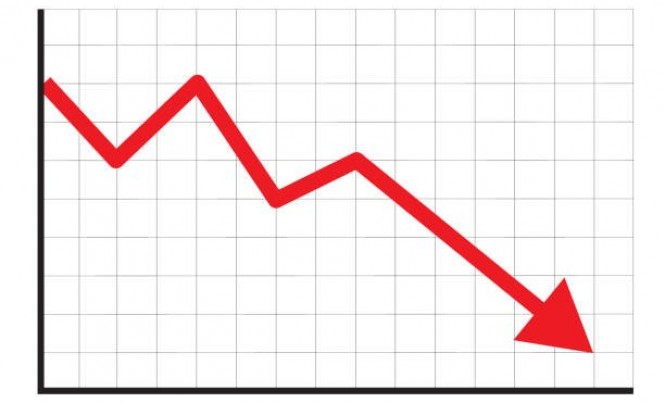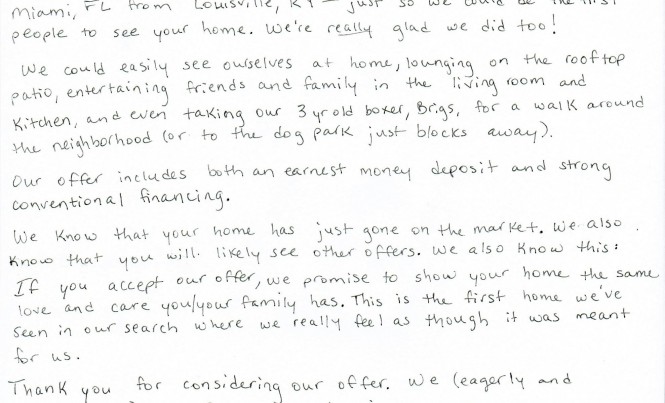
Since interest rates surged in January 2022, prospective homebuyers have been curious if this would mark the end of the frenzied housing market experienced in 2020-2021. The straightforward answer appeared to be “yes.” The two-year struggle faced by buyers seemed to be coming to a sudden stop. However, the real estate landscape took an unexpected turn as one of the lowest housing inventories in the past two decades emerged after a sluggish 2022. Consequently, all indications suggest that the competitive multiple-offer market is making a comeback.
In Sonoma County, where I operate as a Realtor, I have witnessed the shift firsthand. Over the past two months, homes have attracted skyrocketing bids, with five or more offers per property becoming the norm. This trend is reflected in the data, as existing home sales experienced a remarkable 14.5 percent increase from January 2023 to February 2023. As we approach July 1st, it’s evident that this upward trend in sales shows no signs of slowing down. The question on many people’s minds is, why is this happening?
The most significant factor contributing to the current market dynamics, as I previously mentioned, is the scarcity of inventory. There simply aren’t enough homes available for sale. Sellers are reluctant to give up their favorable loans in the range of 2.5-3.5% to take on a higher interest rate that would significantly increase their mortgage payments. Additionally, the return of open houses has reignited buyer interest, allowing them the opportunity to explore the market in person and make more informed decisions.
In conclusion, it appears that multiple bids will remain a relevant aspect of the housing market for the foreseeable future. As a Realtor, I approach this situation with cautious optimism, fully aware of the competitive nature of the current market. Simultaneously, I am actively reaching out to everyone in my network, diligently seeking that next listing opportunity. The housing market continues to evolve, and it will be interesting to see how these trends unfold in the coming months.





